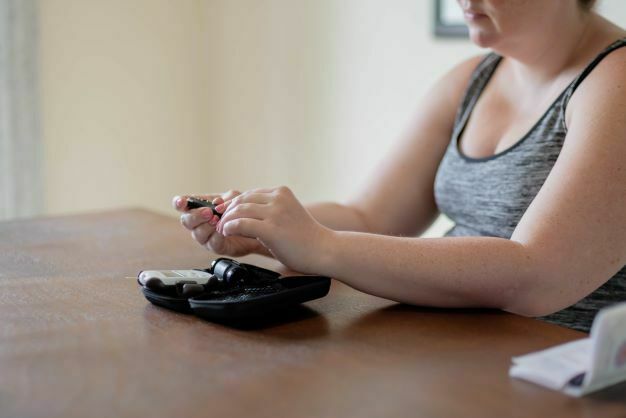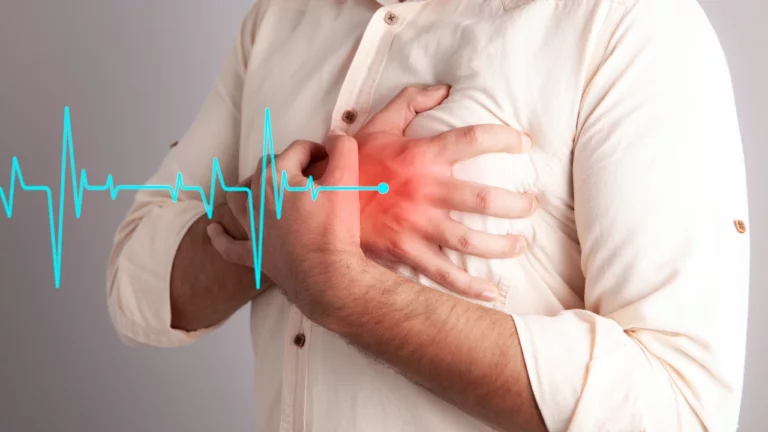To promote safety among older individuals, many technology developers are concentrating their efforts on remote patient monitoring (RPM) technologies that detect and prevent falls and even wandering of older individuals that lead to increase fall incident. The rate of falls among the elderly is on the rise and results to great impact related to health risks and costs of care.
Facts about Falls and Injuries
Falls are the biggest cause of injury-related visits to emergency rooms in the United States, as well as the greatest cause of accidental deaths in people over 65. Fall mortality rates rise rapidly with age in both sexes and across all racial and ethnic groupings, with falls accounting for 70% of all accidental deaths among people 75 and older. Here are the other critical data about falls and injuries among older adults:
- One in every five falls results in a serious injury, such as fractured bones or a concussion.
- Every year, 3 million older persons are treated in emergency rooms due to falls.
- Over 800,000 patients are admitted to hospitals each year as a result of a fall injury, the most common of which is a head injury or hip fracture.
- At least 300,000 elderly persons are admitted to hospitals each year with hip fractures with the majority of these fractures happening in people over the age of 70.
- Falling is the leading cause of hip fractures, accounting for more than 95% of all hip fractures. Most hip fractures occur when people fall sideways.
- Traumatic brain injuries (TBI) are most commonly caused by falls.
- In 2015, the overall medical costs associated with falls exceeded $50 billion. Medicare and Medicaid accounted for 75% of these costs.[1]
Remote patient monitoring (RPM) technologies allow caregivers determine the patient’s mobility, safety, condition and location. RPM employs fall detection, prevention, and location which patients are monitored in real time using tracking technologies.
Remote Patient Monitoring in Fall Detection Technologies
The major objectives of fall detection technology are to identify falls and then contact who can provide immediate assistance to the individual being monitored. Fall detection devices are divided into active detection, passive detection, or hybrid detection.
- Active detection systems require users to activate devices order to obtain assistance, most typically by pressing a button or pulling a cable.
- Passive detection systems are made up of sensors to continuously monitor the individual, while specific algorithms and alert systems notify carers and others of impending falls. Users do not need to activate passive systems because they detect a fall and notify aid automatically. Motion and pressure sensors can be installed on walls, ceilings, flooring, and furniture around the living facility, while location and position sensors, such as accelerometers and gyroscopes, can be installed on the elderly individuals.
- Hybrid detection systems are a combination of active and passive systems. Some passive systems have a backup active system that allows users to activate the device for assistance.
Remote Patient Monitoring in Fall Prevention Technologies
Fall prevention technologies observe and detect mobility impairments by analyzing gait patterns. These kinds of technologies are able to anticipate the likelihood of a fall by studying movement and gait in a passive manner, as well as the distribution of pressure. Inflatable hip airbags are one example of a hip protection system.
Fall prevention monitoring technologies linked to assistive technologies can provide additional information on how to utilize assistive devices appropriately. A high majority of falls are caused by improper usage of assistive technology such as canes and walkers.
Remote Patient Monitoring in Location Tracking Technologies
Providers can use location tracking tools to find the elderly individuals who are prone to wandering. These technologies differ in terms of their capabilities due to selected range, accuracy of location, signal activation methods, tracking techniques as well as technological support systems.
Bluetooth and radio frequency are two types of wireless technology that works well in some indoor tracking techniques. Since outdoor tracking techniques encompass a wide range of options, GPS satellites are commonly used in technology locating systems. Individuals can be located and the device can be worn directly by them or may be placed in automobiles or other forms of transportation.
Some of the remote patient monitoring systems for tracking location give a continuous feed of the user’s current location at varied intervals of time, while other devices require the device to be activated remotely. Caregivers and family members gain access to information regarding a person’s current location using the internet or dialing the monitoring service center. Families and individuals can also choose the level of protection they want and the required monitoring, such as confirming the location, getting notifications when a person has entered or exited a zone, or looking for help in an emergency.
Technologies that give caregivers and providers the ability to see the location of the target on a continual basis and a person’s whereabouts may be provided. Algorithms with a set of parameters are provided by other devices in which the providers, neighbors, family, and others will be notified via alerts with the parameters that were set.
Multiple tracking techniques are combined with the use of mobile phones and other devices is increasing. Many cell phones have this feature which can combine GPS, Wi-Fi, and cell phone tower signals which can make tracking a lesser difficult task. This information can be accessible via a PC or a suitable device to anyone who has been granted access to the phone of the user’s current location. Alerts from the device can be sent to the phone, tablet, or computer when the user step outside of a certain region.
Takeaway
Falls and injuries are a major public health concern among the elderly population. Every year, a substantial percentage of the population suffer from fall especially in the older individuals ages 65 and up. Most falls result in significant debilitating injury and the treatment is expensive. Remote patient monitoring technologies can serve a vital role in the detection and prevention of falls. Remote patient monitoring can provide a continuous monitoring, early warning and provide the mobility of the individual with data security. These revolutionary features in fall detection, prevention and individual location with intelligent alarm management is at the heart of patient monitoring in the fall caring settings. These remote patient monitoring devices represent some of the most advanced technology in the field, offering cableless and even contactless configurations all for the suitability especially of elderly individuals.
References:
- Important Facts about Falls | Home and Recreational Safety | CDC Injury Center https://www.cdc.gov/homeandrecreationalsafety/falls/adultfalls.html








